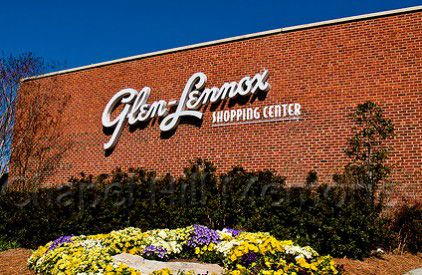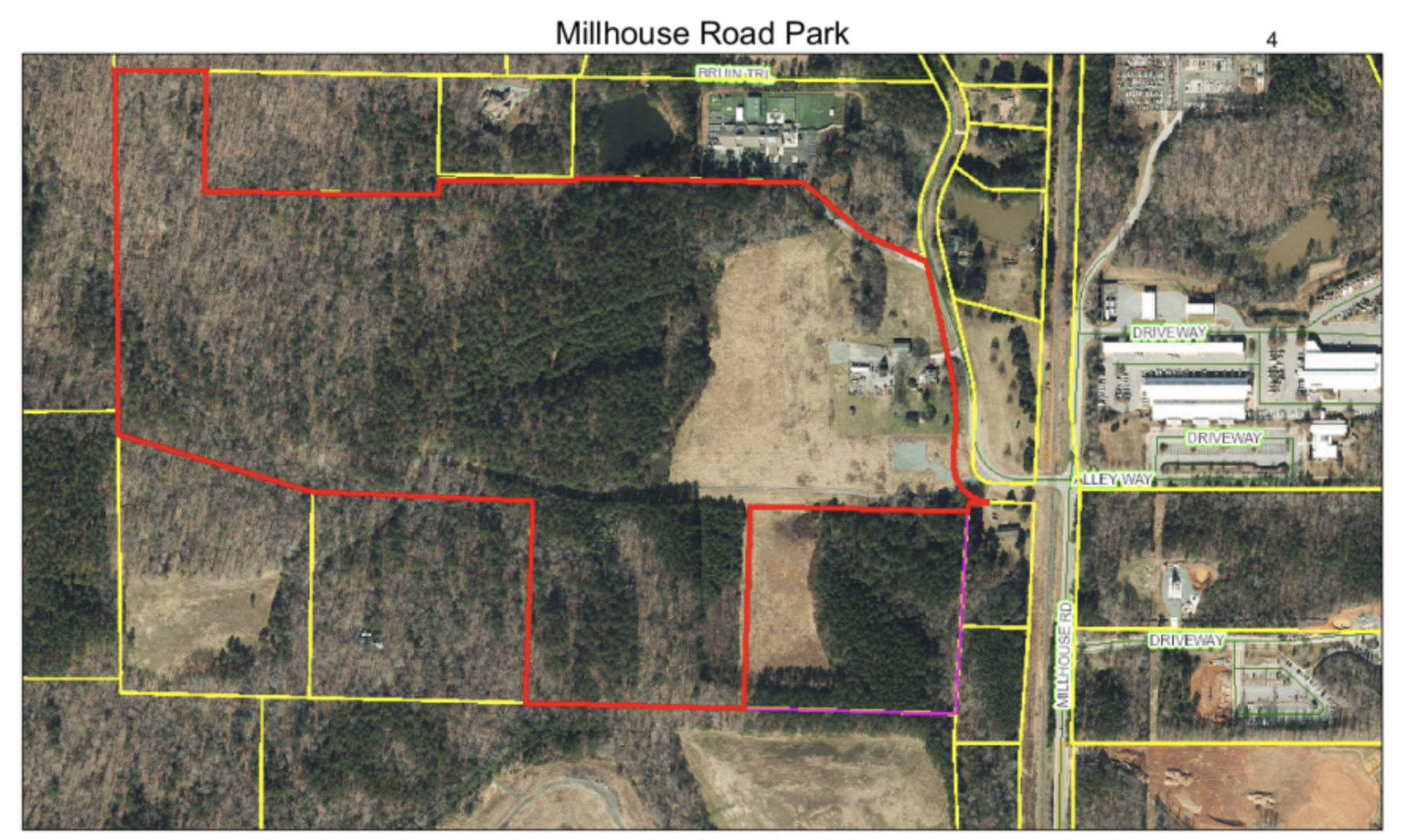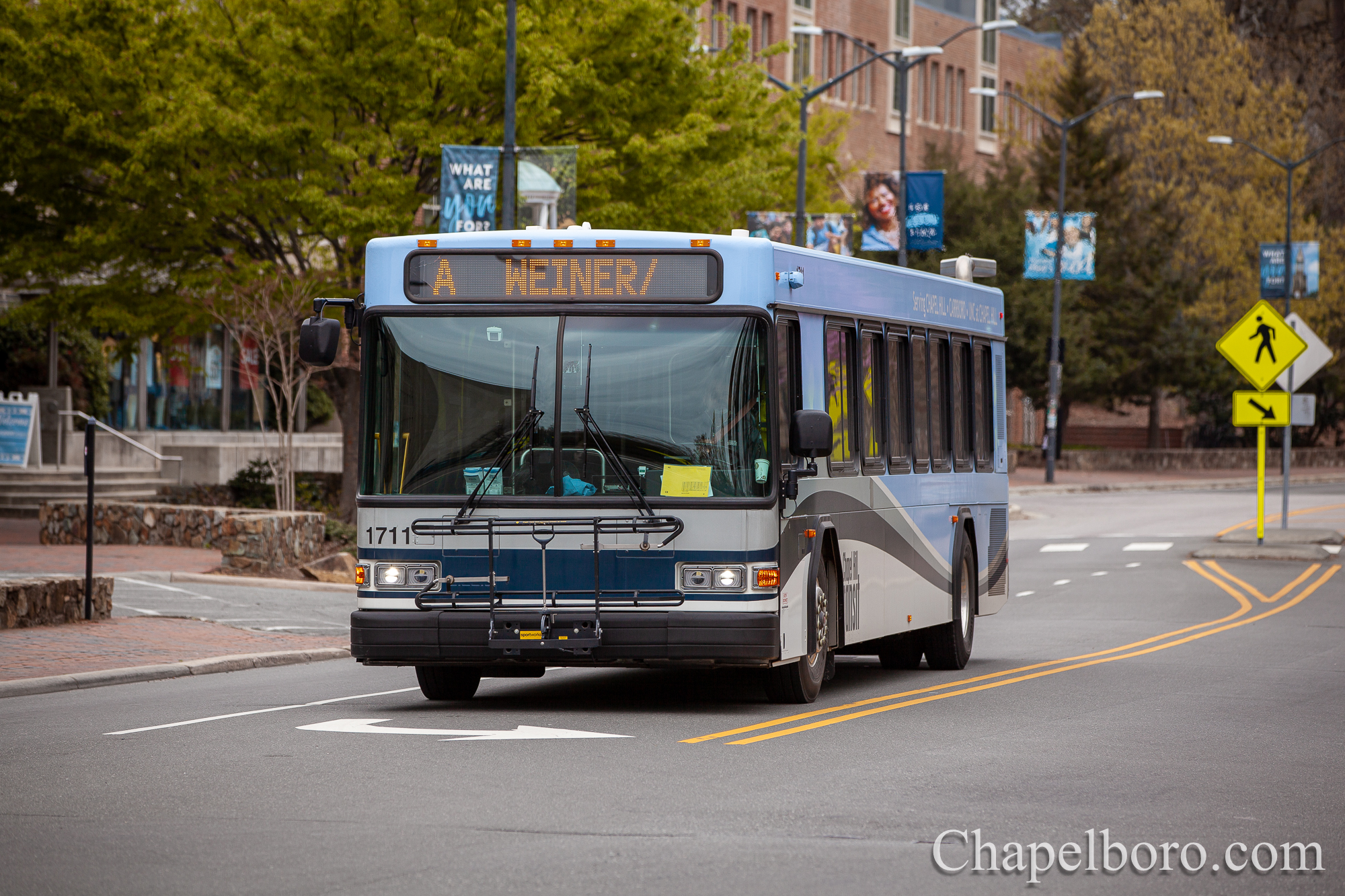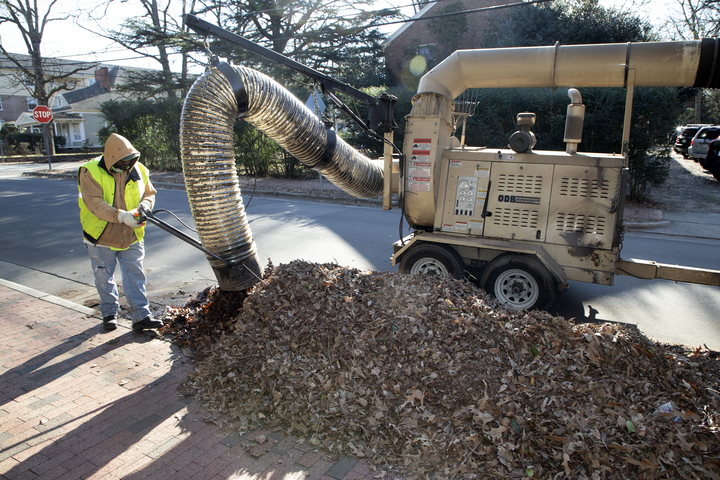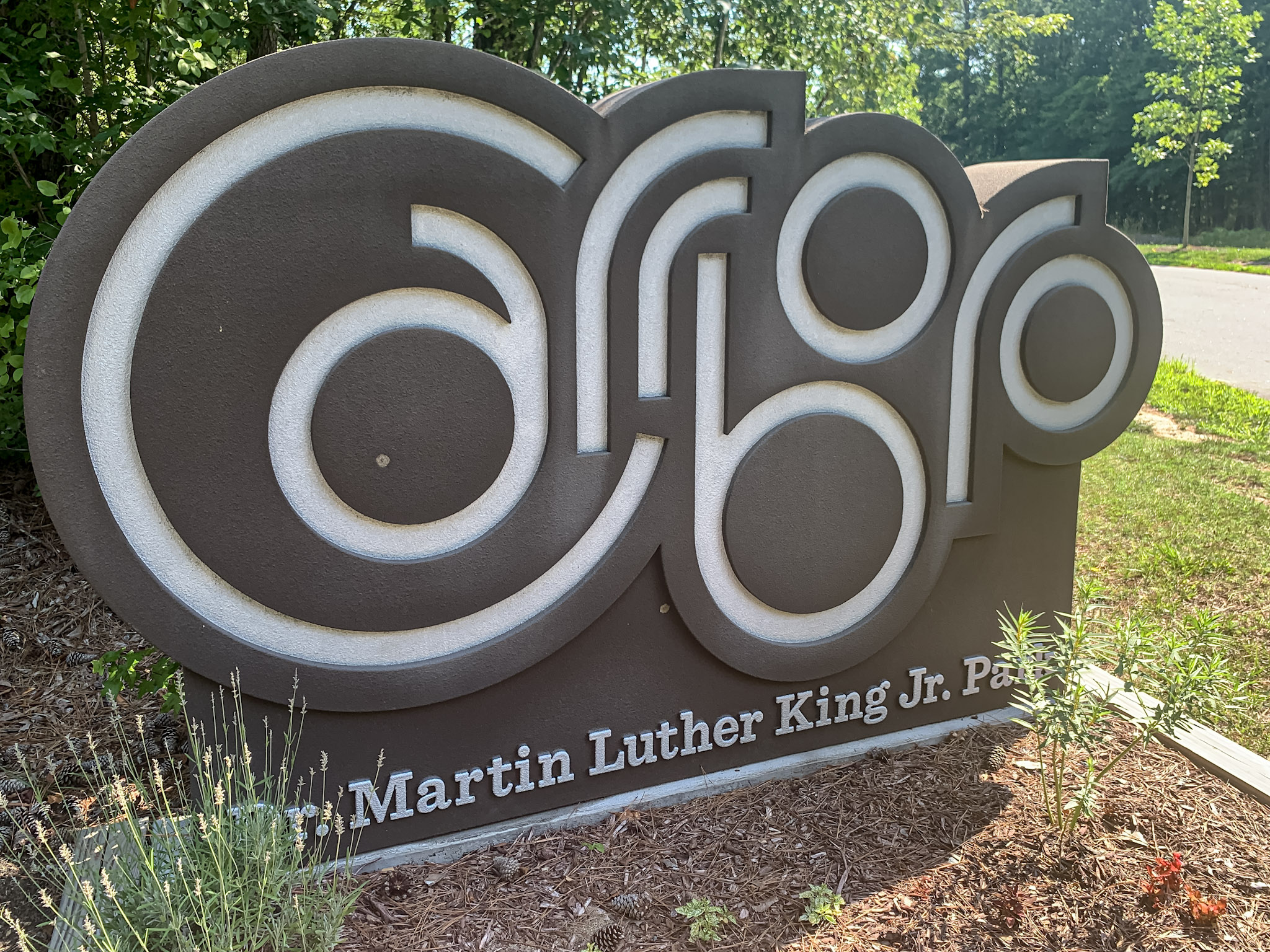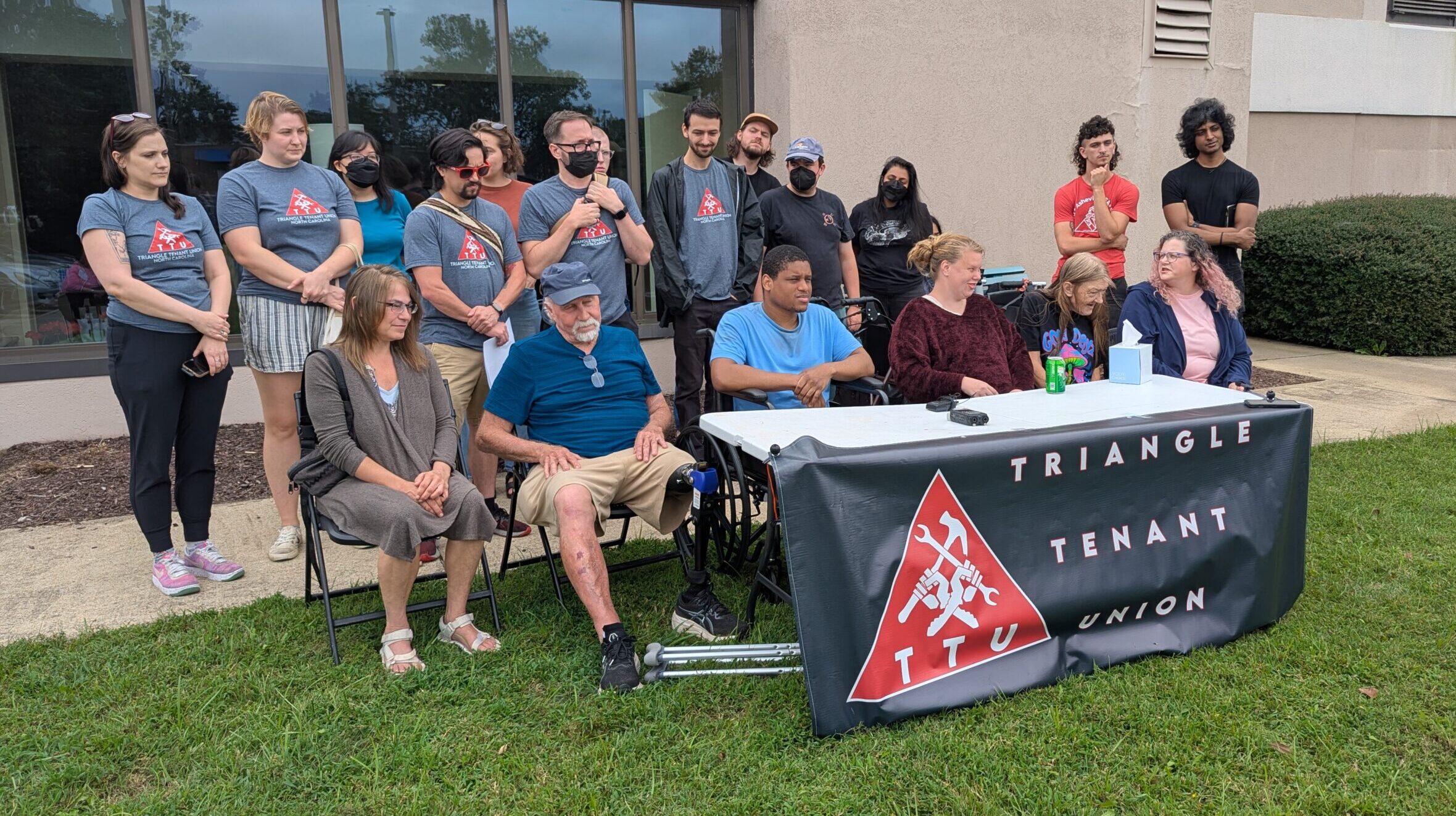
What’s Happening to Chapel Hill’s Trees?
A perspective from Rudy Juliano, for Chapel Hill Alliance for a Livable Town
Many residents of Chapel Hill appreciate the verdant beauty of the numerous mature trees that grace our town. Thus, people have been shocked by the extensive clear-cutting that has taken place recently at several major construction sites. This includes the Retirement Residence on Estes Drive, the Merin Road Community on Homestead Road, Carraway Village on Eubanks Road, the redevelopment of Glen Lennox and several projects in the so-called “Blue Hill” district.
An egregiously unsightly clear-cut took place last summer at the corner of Estes Drive and Martin Luther King Jr. Boulevard. For many years this tract of land was a tree plantation, and as such was taxed at a rate substantially lower than other land in the area. After enjoying years of tax benefits — and almost immediately after the clear-cut — the property owner and a developer submitted a concept plan to the Town of Chapel Hill for a project on the site. The plan includes 269 dwelling units, retail and office space and a 4-level and a 6-level parking deck. Such a dense car-oriented development is likely to cause major traffic problems at the busy Estes-MLK intersection, as well as increased water runoff from the now treeless land. The Town Council reviewed the concept plan on April 17; several council members expressed concern about aspects of the project. Importantly there is an unusual wrinkle to the review of this particular project. Since the land was previously used for forestry, under North Carolina General Statute 160A-458.5 the Town has the ability to refuse to approve a proposed project for a period of three years after a timber harvest. Such a delay would give both the Town and the developer a chance to plan for better use of this key property. Whether the Town will have the courage use its authority to delay this project remains an open question.
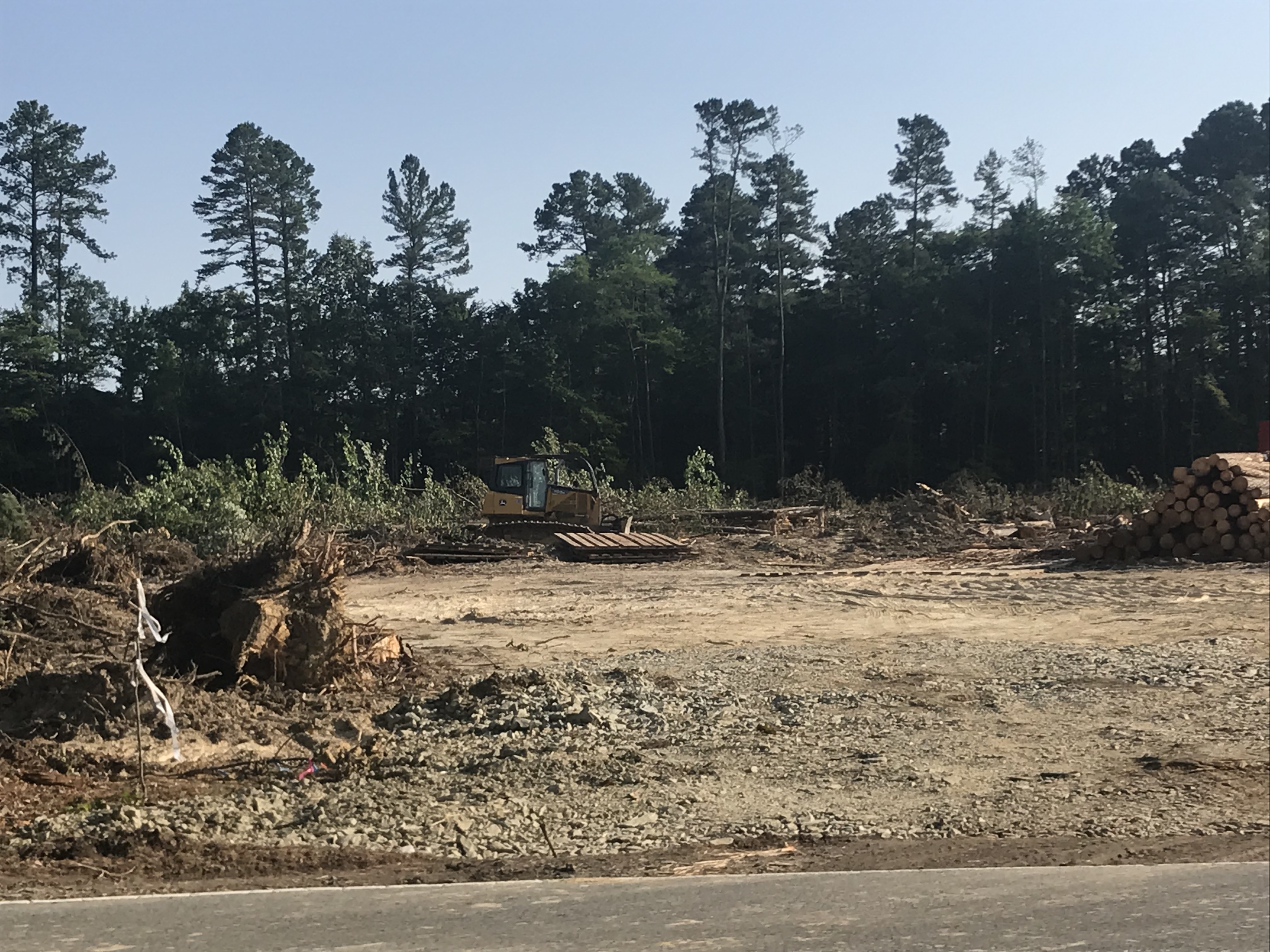
Estes Drive Clear Cutting. Photo via Blake Hodge.
A larger question is why these extensive clear cuttings are suddenly taking place. In years past, many development projects in Chapel Hill seemed to be able to incorporate at least some of the existing mature trees into the design of the project. As one example, the Franklin Grove townhomes that are located across from Whole Foods retain many of the original mature oaks that grew on the property. Southern Village and Meadowmont also managed to save at least a modicum of mature vegetation even though these developments are quite dense.
This is not just a matter of aesthetics. Trees absorb carbon dioxide, emit oxygen, filter pollutants, retain water run-off and generally help to mitigate many aspects of climate change. The Town of Chapel Hill claims to be working to become a more sustainable and resilient community, including a commitment to the Paris climate agreement. How is it then that the Town is allowing its mature trees to be felled by the thousands?
Chapel Hill does indeed have a Tree Ordinance that spells out the amount of tree cover required for various types of development. For example, apartment or condo projects are supposed to have 30 percent tree cover. But all the recent clear-cuts show that the tree canopy ordinance is not working. For developers it is much cheaper to clear-cut a building site rather than to maintain existing mature trees, so developers a have a strong interest in ignoring or working around the ordinance. The maximum fine for a major violation of the current ordinance is only $20,000; this seems like a lot — but it’s really a tiny amount to absorb in a multi-million dollar development project. Typically, a project developer plants new trees as the project nears completion. However, these are usually tiny saplings that will take decades to mature. Recently Town staff has apparently determined that 10-ft saplings should count as full replacements for the mature trees that have been clear-cut; this is certainly a nonsensical decision!
This situation must change. Chapel Hill needs a Tree Ordinance with ‘teeth’ that will block extensive clear cutting. In June 2018, CHALT petitioned Town Council asking that the ordinance be amended so that:
- Planting of small diameter trees does not offset the need to preserve mature trees.
- Approval of any Special Use Permit or Development Agreement should be contingent upon adherence to the Tree Ordinance for the duration of the project.
- Strong penalties should be developed to provide effective deterrents to violations of the ordinance.
- A panel should be established with the authority to override permission that town staff might grant to remove rare or specimen trees.
So what happened? Town Council referred the petition to staff for comment and it has languished with staff for a year, despite repeated requests from citizens for staff to provide a recommendation to Council. Please contact the Mayor and Council and let them know trees are a priority!

“Viewpoints” is a place on Chapelboro where local people are encouraged to share their unique perspectives on issues affecting our community. If you’d like to contribute a column on an issue you’re concerned about, interesting happenings around town, reflections on local life — or anything else — send a submission to viewpoints@wchl.com


